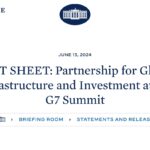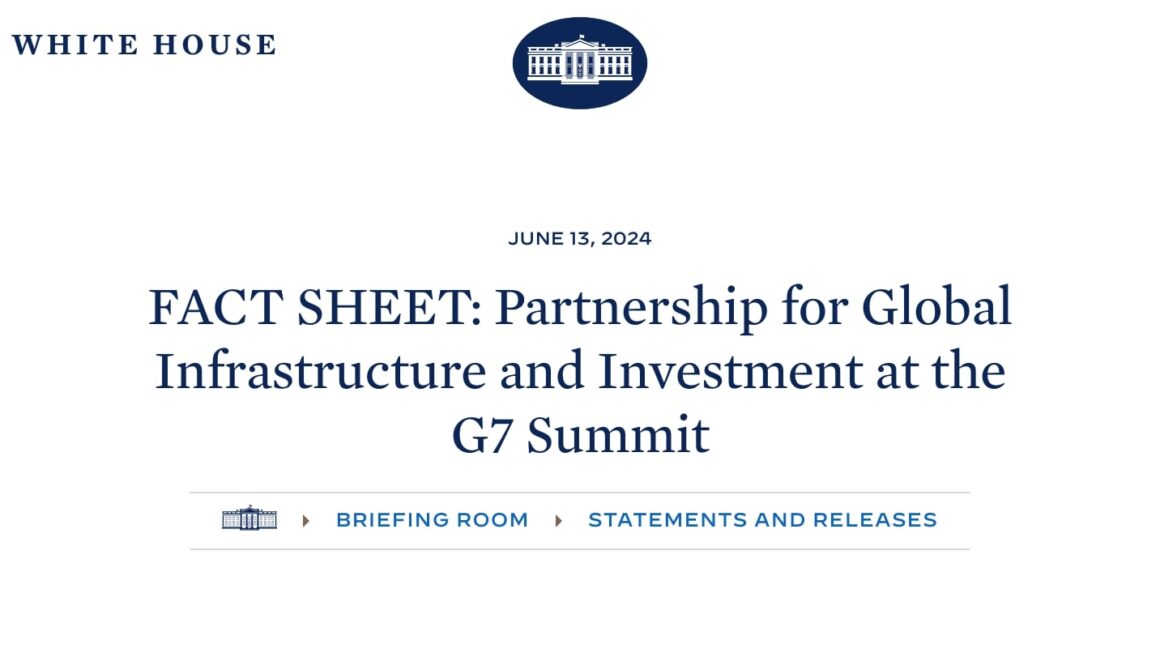Introduction:
Investors have been cautioned to exercise caution despite the ongoing rally in stock markets, as the current market conditions bear an eerie resemblance to the period preceding the 2008 financial crisis. Bob Michele, the Chief Investment Officer of JPMorgan Asset Management, has expressed concerns about various indicators and risks that mirror those observed in the months leading up to the economic downturn. This article highlights Michele’s warnings and the factors that have led him to draw parallels with the 2008 crisis.
Market Conditions and Risks:
Bob Michele, in an interview with CNBC, drew attention to several alarming factors that have raised concerns about the sustainability of the current market rally. He pointed to the Federal Reserve’s aggressive interest rate increases, the credit squeeze triggered by stress in the banking sector, risks associated with commercial real estate, and the inverted bond yield curve—a widely recognised recession indicator. These indicators, reminiscent of the pre-2008 crisis, suggest a potentially imminent economic downturn.
Furthermore, Michele highlighted the collapse of several regional banks in recent months, with JPMorgan assuming control of First Republic Bank after its failure—an event similar to JPMorgan’s acquisition of investment bank Bear Stearns in March 2008. Drawing a parallel between the past and present market events, he stated that markets tend to perceive crises as temporary, followed by a policy response that resolves the crisis. This perception often leads to a short-term equity market rally.
Implications for Investors:
Michele’s warning comes at a time when the bear market in the S&P 500 has ended, giving rise to expectations of a new bull market. The optimism is fuelled by better-than-expected corporate earnings, a resilient economy, a robust job market, and the anticipation of a pause in interest rate hikes by the Federal Reserve at its upcoming meeting. However, Michele’s concerns indicate that a sustainable recovery might not be guaranteed.
Drawing from historical trends, Michele noted that recessions tend to commence approximately 13 months after the US central bank’s last interest rate hike. With the Fed having raised rates for the 10th consecutive time last month, pushing them up from near zero to over 5% since the previous spring to address high inflation, Michele believes it would be a remarkable occurrence if the US economy were to avoid a recession once the rate hike campaign concludes.
Conclusion:
As the stock market rally continues, it is important for investors to heed the warning signs highlighted by experts like Bob Michele. The similarities between the current market conditions and those leading up to the 2008 financial crisis serve as a reminder that economic risks may be lurking beneath the surface. By remaining vigilant and considering the implications of factors such as interest rates, credit conditions, real estate markets, and indicators like the inverted yield curve, investors can make informed decisions and navigate the markets more effectively.














